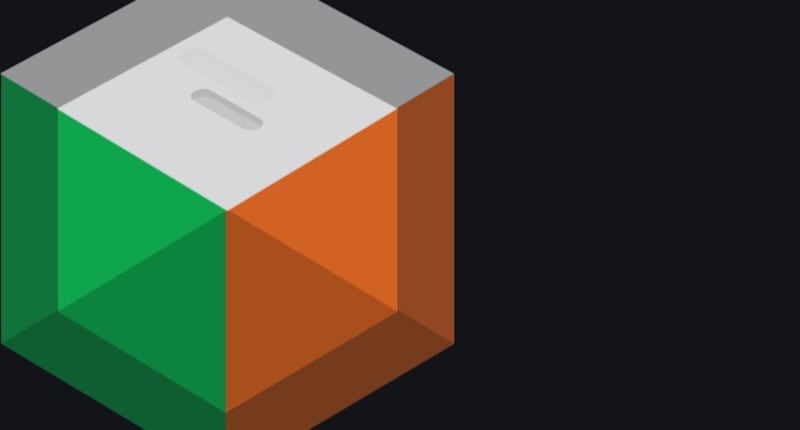So, when and how will we have a government?
It seems to me we are heading for what is likely to be known as a government of change, involving four parties, rather than the much speculated “grand coalition”.
After many meetings and soundbites, it will eventually boil down to a matter of practical politics – and selling a deal to the public and party members.

The worst nightmare for the 160 TDs returned to the Dáil is another election. Even Sinn Féin, likely to benefit most from an election, would probably prefer time to consolidate its base in opposition, which now seems its likely destination.
Such an arrangement would take the grand coalition look off it
As always, government formation will be a numbers game, with some policy initiatives and a lot of grandstanding and theatre.
Sinn Féin appears to be out of the reckoning as a coalition partner for Fianna Fáil and Fine Gael. So there is much talk of a grand coalition involving Fianna Fáil and Fine Gael, with others to make up the numbers.
It is much more complex than that. The parties will dispense with the term grand coalition, not least because of Fianna Fáil leader Micheál Martin’s opposition to sharing power with Fine Gael – as trenchantly expressed many times during the election campaign.
So, with an eye to selling a government deal to the public, and to the parties’ grassroots at delegate conferences, it will probably be known as a government of change.
Change is the buzzword these days, so it would be useful to get it into the title.
Given the numbers, a Fianna Fáil, Fine Gael, Green Party alliance would seem most likely. Allowing for the election of a ceann comhairle, that would give the government 85 seats, comfortably over the 80 required.
But that would look to many like Fianna Fáil and Fine Gael coming together as a matter of convenience, with the Green Party, still haunted by its previous term in government, as a mudguard. It would be an unwise move for the Greens to go into government on its own with those two parties.
So better to extend it and acquire more credibility. That is where the Social Democrats come in. After all, Fine Gael and Fianna Fáil said during the campaign they hoped to form a government involving those “like-minded” parties to make up the numbers.
It would be a government put together in the 'national interest' to avoid another election nobody wanted
With 91 TDs, the ministerial jobs would not be as plentiful as in another arrangement with a smaller number. But it would give the government a safe majority and an opportunity to finally get to grips with housing, health and other issues. Dissident backbenchers could be dispensed with as the government focused exclusively on policy.
It might even pass as a kind of new politics.
There would have to be a rotating taoiseach, with Martin getting the first-half of the government’s term and Fine Gael leader Leo Varadkar, the second. Róisin Shortall, of the Soc Dems, could be allocated the Department of Health, with the remit to implement Sláintecare. Eamon Ryan, leader of the Green Party, could be allocated housing and climate change.
This would give the smaller parties an opportunity to make their mark in areas where previous governments have failed – they could hardly refuse such an offer.
Apart from the ministries, there are other perks attached to being in government, not least the 11 Seanad seats the taoiseach of the day has to allocate.
There will be much posturing and playacting, with some real negotiation, in the weeks ahead. All TDs will be wary of a March election.












